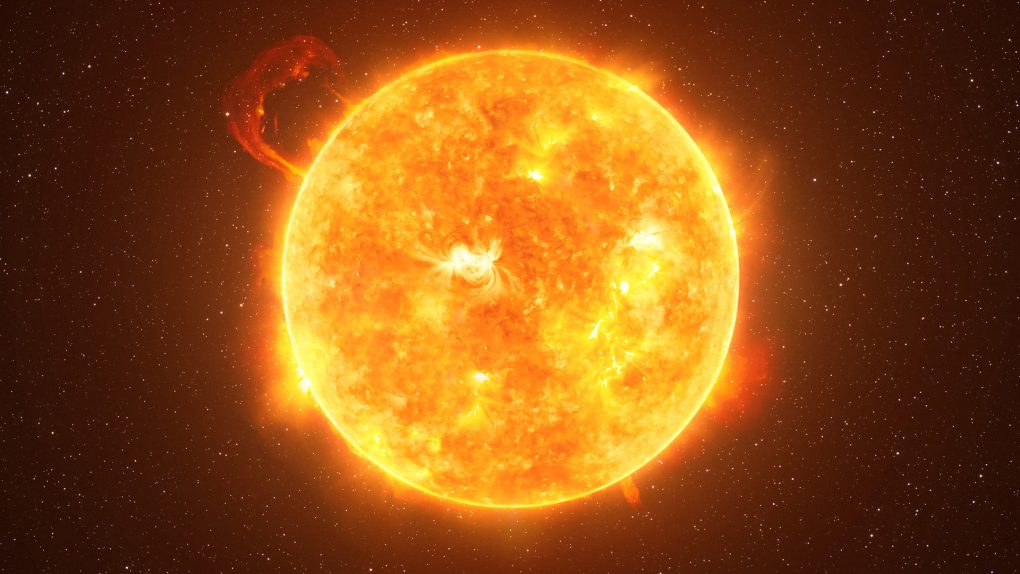A massive solar flare erupted from the surface of the Sun earlier this week. The X-class flare is just the latest eruption from the Sun that has captured NASA’s attention. This time, though, NASA managed to capture an image of the solar flare as it happened. It’s a stunning image, and one that looks like it was ripped right out of a science fiction movie.
Check out this image of a solar flare as it happens
The solar flare peaked around 9:25 a.m. EDT on May 3, 2022, NASA says. The space agency’s Solar Dynamics Observatory captured the image of the solar flare. The observatory constantly watches the Sun for events like this.
It’s all part of the space agency’s attempts to learn more about our Sun, and to prepare should any of these solar flares erupt towards Earth.
This flare follows a few others which have happened this week. In fact, at the end of April, the Sun blasted out the most powerful solar flare in the last five years. Where the last X-class flare was classified as an X2.2, this new flare was only an X1.1.
X-class solar flares are the most intense flares that the Sun creates. As such, it is always worth keeping an eye on them when they happen. At the time that NASA captured the image of this solar flare, the Space Weather Prediction Center noted a possible strong radio blackout.
What happens when a solar flare hits Earth?

This image of a solar flare might be breathtaking, but solar flares can be scary events. While the energy from these events can’t penetrate Earth’s atmosphere, they can create some unwanted side effects. Chief among these side effects is the radio blackouts that I mentioned previously.
When a solar flare hits the Earth, the energy from the flare can cause issues with satellites, GPS systems, and even high-altitude communication systems. Ultimately, though, we have a long time before we should have to worry about the Sun erupting with enough power to destroy the Earth.
The image of this solar flare is just another reminder that the Sun’s current solar cycle is picking up. NASA and other space agencies expect the solar cycle to peak sometime in the mid-2020s. When that happens, we’ll probably see more X-class solar flares hitting.
It’s hard to say whether any of those eruptions of plasma energy will be pointed toward the Earth.
Previously, we’ve seen massive bursts of plasma energy erupt from the Sun millions of miles into space. With so much power stored in our star, it’s only a matter of time until these solar flares become more frequent.








